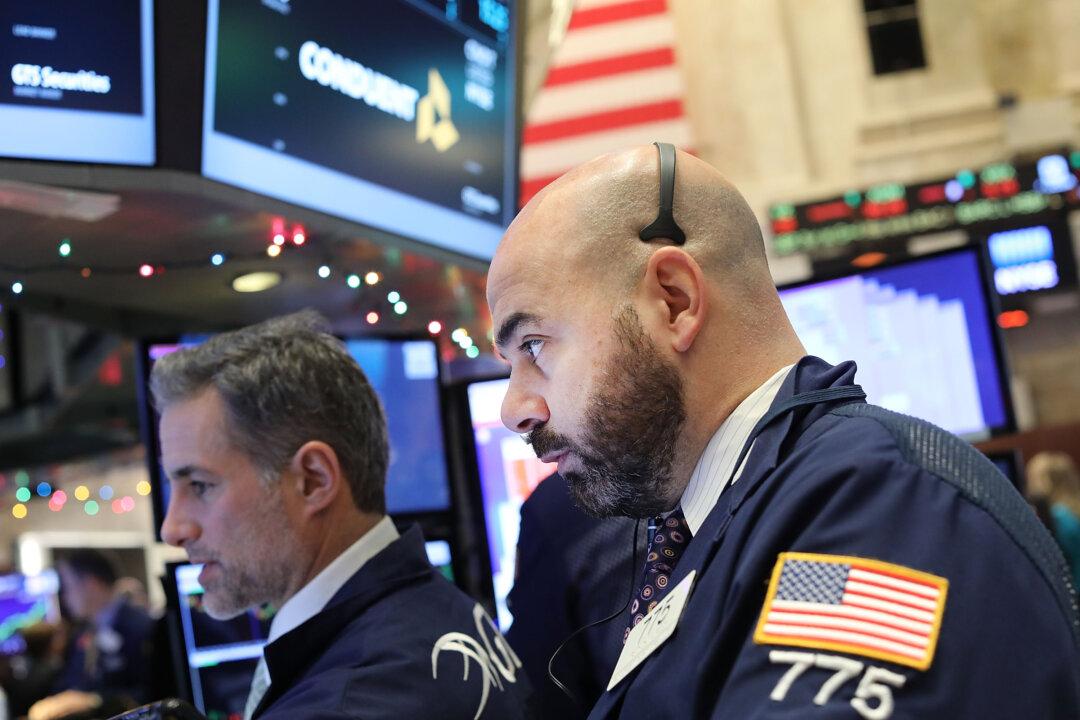Even with the S&P 500 up 6 percent in less than two months since the U.S. election, there are enough reasons for more stock market gains in 2017, analysts say.
Aside from the macroeconomic outlook, which points to higher growth, and the Trump administration’s well-known intentions for fiscal spending, tax cuts, and lower regulation, the stock market itself has some catching up to do, says RBC Wealth Management’s Alan Robinson.
 “It’s been a below-par bull market and it’s also against the backdrop of a bear market that we’ve effectively had since 1999,” Robinson said. “So there’s a lot of catch-up to be done there and the slow pace of the advance argues for continued bullishness at least through the end of this year.”
“It’s been a below-par bull market and it’s also against the backdrop of a bear market that we’ve effectively had since 1999,” Robinson said. “So there’s a lot of catch-up to be done there and the slow pace of the advance argues for continued bullishness at least through the end of this year.”
RBC is one of the most bullish on the stock market with a 2,500 year-end target for the S&P 500. That represents a gain of 11.7 percent from the 2016 close of 2,239.
The catch-up theme also applies to earnings. S&P 500 aggregate earnings haven’t changed much since 2015, but RBC estimates they'll grow 8 to 9 percent in 2017. Goldman Sachs forecasts the stabilization in energy sector earnings to be the primary driver behind a 10 percent rise in S&P 500 earnings in 2017. Aside from energy, Goldman estimates S&P 500 earnings to rise by 6 percent led by financials and information technology.
Earnings are expected to increase as are what investors are willing to pay for them—price-to-earnings multiples, which RBC sees increasing from 17.5 to 17.9.
Robinson says the reasons for optimism are twofold: Low interest rates, which impacted the earnings of the financials, and excessive oil supply, which hurt the energy and other cyclical sectors, are becoming less of an issue.





